Communication Systems
Data is displayed for academic year: 2023./2024.
Exercises
Laboratory exercises
Course Description
General model of communication system, transmission media: types, characteristics and applications. Baseband and passband transmision. Basics of information theory and channel coding. Multiplexing, switching and multiple access techniques. Open systems interconnect reference model, interconnectivity and internetworking. Overview of communication network architectures and characteristics. Basics of communications protocols. Overview of access and public mobile networks. Service classification and implementation.
Study Programmes
University undergraduate
[FER3-EN] Electrical Engineering and Information Technology - study
(6. semester)
Learning Outcomes
- explain elements of electronic communication system
- define parameters that describe information transmission in different types of communication systems
- estimate digital signal characteristic in baseband and passband transmission
- explain the basic concepts of information theory and channel coding
- distinguish multiplexing techniques, compare switching techniques, understand multiple access techniques
- describe and differentiate basic protocols
- explain the structure and working principle of access and mobile networks
- analyze possibilities and limitations of different communication systems
Forms of Teaching
Lectures
Lectures
ExercisesExercises
LaboratoryLaboratory exercises
Grading Method
| Continuous Assessment | Exam | |||||
|---|---|---|---|---|---|---|
| Type | Threshold | Percent of Grade | Threshold | Percent of Grade | ||
| Laboratory Exercises | 0 % | 10 % | 0 % | 0 % | ||
| Mid Term Exam: Written | 0 % | 40 % | 0 % | |||
| Final Exam: Written | 0 % | 50 % | ||||
| Exam: Written | 50 % | 90 % | ||||
Comment:
--
Week by Week Schedule
- History of communication, Communication system model, Characteristics and types of information and ways of information exchange
- Classification and features of the transmission media (copper, fiber, and radio), Quality of communication service and communication system performance
- Technical limitations of communication systems, Digital communication system model
- Baseband communication model, Shaping of signals; Optimal receiver; Nyquist's criterions; effect of nonlinearity
- Line coding, Differential coding
- Relation between baseband and passband, Transmission impairments, Modulation concept
- Information theory history and importance, Symbol, message, information, communication, Discrete communication system, probabilistic view and information measures
- Midterm exam
- Entropy, noiseless coding theorem, Mutual information, Channel capacity, noisy-channel coding theorem
- Types and architectures of communication networks; Physical and logical organization of Internet, Transmission network technology, topology, organization, and standardization, Multiplexing techniques and multiple access
- Communication network architecture and layered reference models (OSI and TCP/IP reference models), Basic network components and architectures for switching and routingswitching, Communication protocols, Network signaling, Call processing, Service processing; Intelligent networks
- Network and transport layer protocols: case studies focused on Internet Protocol (IP), Transmission Control Protocol (TCP); And User Datagram Protocol (UDP), IPv4 and IPv6 protocol suites; Mobile IP, Routing protocols, Application layer protocols: case studies focused on Hypertext Transfer Protocol (HTTP), Simple Mail Transfer Protocol (SMTP), Post Office Protocol (POP), Internet Message Access Protocol (IMAP), File Transfer Protocol (FTP), and Session Initiation Protocol (SIP), Protocols in mobile networks
- Access network modelling and architectures, Multiple access techniques, Medium access control protocols, Channel modeling in access networks, Digital subscriber line technologies (xDSL), Passive optical networks, Wireless access technologies and networks (WiMax), Simulation of data transmission and performance calculation
- Technologies for public mobile networks: 2G, 3G, and 4G, Components of radio access network and core network, Technical parameters of mobile network, Call control and mobility management; Identification of mobile subscriber and equipment, Security in mobile networks, Infrastructure for interconnection of two or more network operators; Roaming exchange
- Final exam
Literature
Ž. lić, A. Bažant, T. Beriša (2013.), Teorija informacije i kodiranje, Element, Zagreb
For students
General
ID 209773
Summer semester
5 ECTS
L2 English Level
L1 e-Learning
45 Lectures
0 Seminar
15 Exercises
10 Laboratory exercises
0 Project laboratory
0 Physical education excercises
Grading System
90 Excellent
76 Very Good
62 Good
50 Sufficient


 Pristupačnost
Pristupačnost



